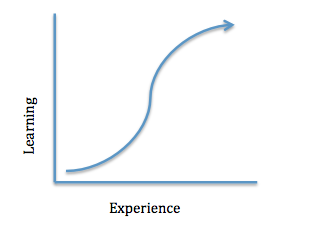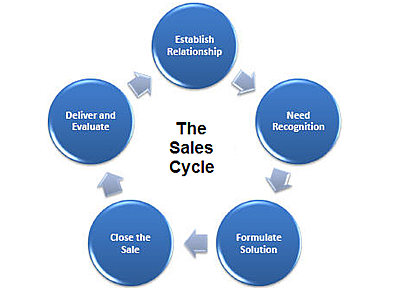
This post is only available to members. You register for FREE here or login if you are already a member





 Loading…
Loading…
6-minute read
Many of our clients are Medicaid health plan operational teams that manage vendor relationships. The article below is based on our experience working with Medicaid health plans who have been able to optimize their vendor management processes.
Most Medicaid health plans describe their vendor management scenario as “deluged” with vendor meeting requests. When our plan clients quantify the time they spend on each vendor sales effort, they realize that all the meetings and followup meetings and related correspondence and efforts add up to many hundreds (and sometimes thousands) of health plan staff hours. While some Medicaid plans have begun to implement more policies to manage this process, most plans still have room to optimize the return on this significant time investment.


Few vendors (especially new vendors) understand the way your plan prefers to manage procurement efforts. Each plan is different in how it prefers to engage with vendors. Some plans only meet with vendors related to a problem they are actively trying to pursue. Some only meet with vendors they have invited to respond to an RFP. Other plans meet with vendors at any time, to learn more about solutions or to get new ideas.
Once a vendor is engaged in a potential solution discussion, they will need to know what to expect in terms of different business units involved in the decision, information and data that will be needed to support the business case, what to expect in terms of acceptable pricing models and how long the overall process normally takes. Most vendors have no idea what to expect, and most plans do not communicate what to expect. Setting expectations from the start will go a long way to keep everyone aligned and making the best use of your precious time.
Sometime you need a solution to close HEDIS gaps for 100 members. Sometimes you need an overhaul of an entire process, or a brand new critical technology system. Rest assured, whatever the size of your problem, any solution vendor engaging you in a sales process wants to maximize the size and duration of the contract. If you do not set quantified scope parameters correctly, you will end up with a solution that either doesn’t go far enough or goes too far. Best practices include using a member-level target list (for interventions / gap closure based projects), starting with an initial pilot, and breaking any effort more than 60 days up into phases.


Vendors pitching you their solution will only show you their very best results. While this information is important, this should not be the only data you use to kick the tires of their capabilities. Ask for more than three references – this way you have a better chance of getting a broad perspective of what other plans have experienced with the vendor.
In addition to your own research into potential vendor partnerd, there are a few key tactics that can help you overcome some of the common challenges in the space.
6-minute read
Many of our clients are investment professionals working in the health and human services space (including the full spectrum from angel to VC to equity firms). The article below is based on our experience working with investors who have succeeded in this space.
One of the worst mistakes investors new to the space can make is to assume that strategies rooted in the commercial payer or Medicare Advantage space can be simply pivoted into the Medicaid space. The mistake is understandable, because few portfolio companies understand this risk and they do not know to communicate it to their investment partners.


Understanding that commercial and Medicare strategies need to be dramatically altered to work in Medicaid is the first step. The next risk is underestimating the learning curve for Medicaid. Each state operates its own Medicaid program, and most benefit, operational and procurement decisions are done independent from federal operations. We have a saying in our space: “If you have seen one Medicaid program, you’ve seen one Medicaid program.” Besides the policy differences across states, each state has its own agency and stakeholder environment, and navigating these is extremely complex for HHS veterans. Finally, the regulatory environment for this space evolves constantly, and in ways that greatly impact revenue projections. For those new to the space, critical mistakes and loss of time are guaranteed.
Many investors rely on the relational nature of other verticals for confidence in sales revenues. While relationships play an important role in the HHS space, most contracting is done using a defined competitive procurement process. This applies to both state agency and health plan contracts (though less so in health plans). Because of the regulatory and bureaucratic components, the sales cycle for this space is much longer and much more unpredictable than in other verticals.


The Medicaid space has two key components that drive unique pricing models: A focus on the rate-cell capitation payments to managed care plans, and long-standing efforts to implement value-based payment models.
Medicaid health plans are paid a per member per month (pmpm) fee by states to manage different populations (such as diabatics or pregnant mothers). All the costs for care and management of each member must be funded by those rates or the plan loses money. Each plan thus thinks of all vendor solution costs in terms of pmpm. This type of pricing is not the norm for most portfolio companies operating in the commercial space, and it may take a large effort to structure pricing models in a way that will succeed in the Medicaid space. Most portfolio companies price solutions at an aggregate level and do not have a way to assign costs at the plan member level.
The second challenging part of HHS pricing models is the focus on value-based payments. Most Medicaid state agencies and health plans are required to place an ever-increasing amount of their payments to providers in what is called a “value-based” arrangement. While precise definitions of these models remain elusive, the critical risk is not being able to clearly tie a portfolio company solution to specific member outcomes. Vendors should also be prepared with standard risk sharing arrangements to offer to prospects in the Medicaid space.
In addition to your own research into this vertical, there are a few key tactics that can help you overcome some of the common challenges in the space.